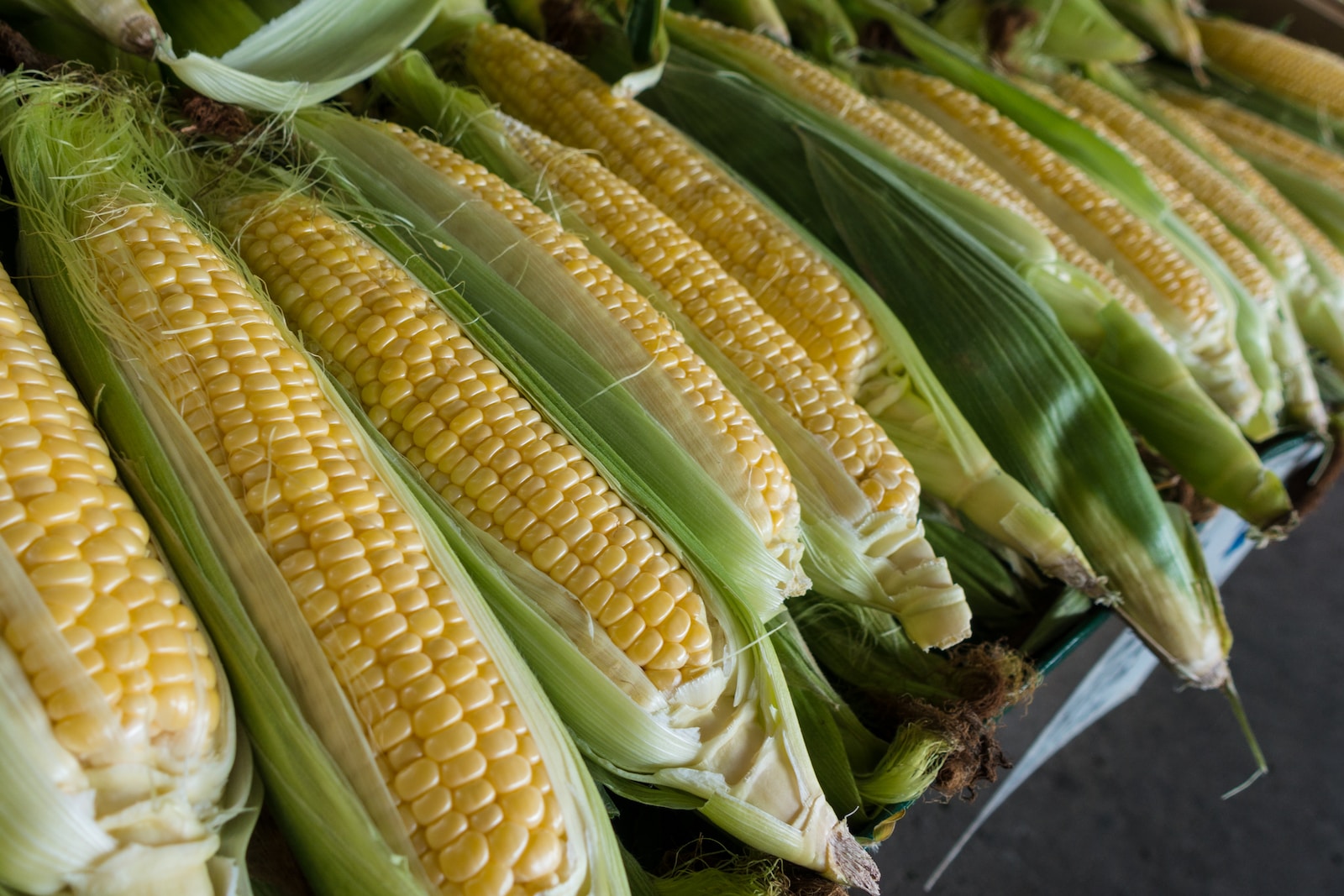Dog Food Labels: Your Essential Guide to Smart Canine Nutrition
Understanding Dog Food Labels
Making Informed Choices for Your Pet's Health
Understanding Dog Food Labels. To clarify a few things quickly. The packaging, colors, pictures, and marketing is not for your dog. It is for you! The food and treats inside are for your dog, but everything else is for you. I say this so that when you are looking at food and treats do not get pulled into the marketing on the outside. Turn that bag around and look at the ingredients, manufacture, and origin of the product. I personally do not want to buy a product from a county that markets and sells Dog Meat for human consumption. I will buy food and treat from Canada and USA.
I look for “human grade” this only means at one point in the supply chain the food was okay for human consumption. The beef would have come from a USDA-inspected processing facility. I like small independent manufacturing companies, and I avoid massive companies whose only concern is the bottom line. Remember when you buy something you are voting with your money. By being conscious of the products you choose, you can support companies that prioritize quality and responsible practices. Make informed decisions to ensure the health and well-being of your beloved pet.
Your dog’s diet could be the cause of a lot of behavioral issues. So look into what you are feeding. I understand not everyone can afford to feed raw. But there are poor quality kibbles, good quality, and better kibbles on the market. One of the things we discuss in a consultation is feeding and how to read the ingredients on a bag of kibble. For more information, I suggest visiting the Forever Dog site.

Choosing the right food for your furry friend is crucial for their overall well-being. The world of dog food can be overwhelming, with colorful packaging and enticing marketing strategies. However, to make informed decisions, it’s essential to look beyond the exterior and delve into the details of dog food labels. In this guide, we’ll explore how to decipher these labels and ensure you’re providing your canine companion with the best nutrition possible.

Quick example
How to read a label on dog food. Companies like to do something call ingredient splitting.
Before Splitting Rice is the highest.
Chicken Meal 18%

Corn 18%

Rice 20%
After Splitting Chicken Looks higher
They split the ingredients like this:
- Chicken meal 18%.
- Corn 18%.
- White Rice 10%.
- Brown Rice Flour 10%.
So now on the packaging they will list Chicken Meal as the #1 ingredient when in reality it would be the lowest.
Regardless of ingredient your dog food could still be AAFCO approved. Remember AAFCO is not a regulatory body. They simply lay out what % needs to be in the food. Not the quality of the source of the proteins.
For more on this, I highly suggest reading Forever Dog by Dr. Karen Becker. If you are not much of a reader then watch the documentary Pet Fooled. Both are extremely informative on the pet food industry.

Ingredient Breakdown
Start by turning the dog food bag around and examining the ingredient list. Ingredients are listed from highest to lowest percentage by weight. Look for real, recognizable protein sources like chicken, beef, or fish. Avoid vague terms like "meat by-products" or generic "animal" sources.
Beware of Ingredient Splitting
Some companies use a technique called ingredient splitting to downplay less desirable components. For instance, if corn is a primary ingredient, it might be split into different forms (corn, cornmeal, corn gluten), making it appear lower on the list. Be vigilant and choose foods where whole, nutritious ingredients dominate.
Understanding Meal vs. By-Product
"Chicken meal" is a concentrated form of chicken, providing more protein than whole chicken. However, be cautious of generic "meat meal" or "by-products," as these can include less desirable parts and lack the nutritional quality your dog needs.
Checking for Artificial Additives
Scan the ingredient list for artificial colors, flavors, and preservatives. Opt for foods with natural preservatives like tocopherols (vitamin E) instead of potentially harmful chemicals.
AAFCO Approval
While AAFCO (Association of American Feed Control Officials) sets standards for pet food, it's important to note that their approval doesn't guarantee high-quality ingredients. Focus on the source and quality of proteins rather than just meeting minimum nutritional standards.
Look for "Complete and Balanced"
Ensure the dog food is labeled as "complete and balanced" to meet the nutritional needs of your pet. This indicates that the food has undergone testing and adheres to specific standards for essential nutrients.
Consider Your Dog's Unique Needs
Different dogs have different nutritional requirements based on factors like age, size, and activity level. Consult with your veterinarian to tailor your dog's diet to their specific needs.
How To Read Dog Food Labels
To effectively read dog food labels, it is essential to understand the key components and information provided on the label. Here is a breakdown of how to interpret dog food labels based on the search results:
Dog Food Label Components:
- Principal Display Panel: Includes the product and brand name, purpose (e.g., dog food), and net weight.
- Information Panel: Contains detailed information such as the guaranteed analysis, feeding guidelines, ingredient list, manufacturer name and address, and expiration date.
- Guaranteed Analysis: Indicates the percentage of crude protein, fat, fiber, and water in the food.
- Ingredient List: Ingredients are listed in descending order of predominance by weight.
- Manufacturer Name and Address: Provides contact information for the manufacturer.
- Expiration Date: Indicates the date until which the food is expected to remain fresh.
Tips for Reading Dog Food Labels:
- The ingredient listed first is the primary ingredient by weight.
- The sell-by date helps prevent purchasing expired food.
- Compare products based on cost-per-pound or cost-per-ounce.
- Feeding directions are recommendations, not strict rules.
- Look for specific nutrient guarantees like protein, fat, fiber, and water content.
Rules to Consider:
- 25 Percent Rule: Products like “Beef Dinner for Dogs” must contain at least 25% of the named ingredients but less than 95%.
- “With” Rule: For a product to be human-edible, all ingredients must be human-edible and meet specific regulations.
By understanding these components and rules, pet owners can make informed decisions when selecting dog food that meets their pet’s nutritional needs and preferences.

Meat Meal vs. Meat By-Products in Dog Food Labels
Meat Meal
Meat meal stands out as a highly concentrated, dehydrated form of meat boasting approximately 70% protein content. Crafted from the rendered clean parts of slaughtered animals, it includes flesh, skin, and may or may not contain bone. Regarded as a high-quality ingredient, meat meal is prized for its protein concentration and nutrient density.
Meat By-Products:
In contrast, meat by-products encompass non-rendered, clean parts excluding meat from slaughtered mammals. This category comprises organs like lungs, spleen, kidneys, brain, liver, blood, bone, fatty tissue, and stomachs. Meat by-products may also feature undeveloped eggs, intestines, and other elements. While their quality and nutritional value can vary based on specific inclusions, meat by-products are generally perceived as less desirable than meat meal due to their variability and inclusion of less prime cuts.

Key Ingredients To Look for in Dog Food Labels
The key ingredients to look for in dog food labels include:
- Protein: Look for high-quality protein sources like chicken, beef, or fish.
- Fat: Look for healthy fats like chicken fat, salmon oil, or flaxseed oil.
- Fiber: Look for sources of fiber like whole grains, fruits, and vegetables.
- Water: Look for a guaranteed analysis that includes the percentage of crude water.
- Vitamins and minerals: Look for a guaranteed analysis that includes the percentage of crude vitamins and minerals.
- Meat meal: Look for specific sources of meat meal like chicken meal, beef meal, or lamb meal.
- By-products: Avoid products that include by-products like gizzards or feathers.
- Preservatives: Avoid products that include artificial preservatives like BHA and BHT.
- Grains: Avoid products that include grains like corn, wheat, and soy.
- Artificial colors: Avoid products that include artificial colors.
The ingredient list should be in descending order of predominance by weight, and the guaranteed analysis should include the percentage of crude protein, crude fat, crude fiber, and water.
Conclusion
In conclusion, ensuring the well-being of your canine companion begins with deciphering dog food labels. Prioritize real, recognizable protein sources, be wary of ingredient splitting, and steer clear of artificial additives. Tailor your choice based on AAFCO approval, “complete and balanced” labeling, and your dog’s unique nutritional needs. By understanding label components, rules, and the distinctions between meat meal and by-products, you can make informed decisions to provide your furry friend with the nutrition they deserve.

